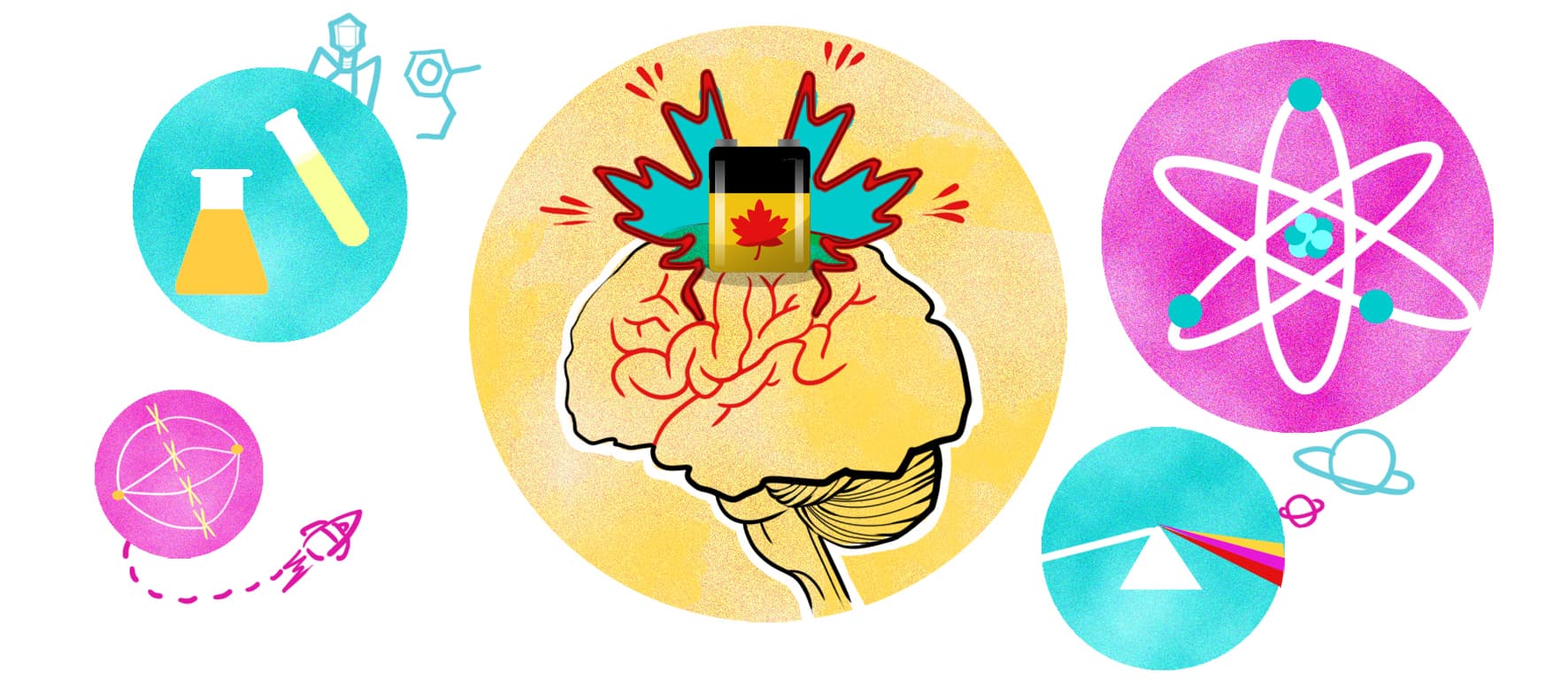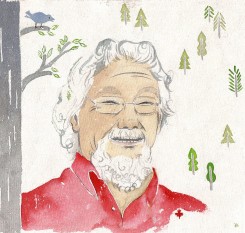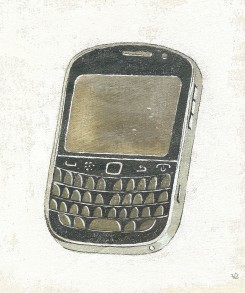In anticipation of Canada Day, The Varsity’s Science writers selected neat Canadian inventions and writers. This article is part two of two, so click here for Monday’s article.
Michael Smith
Born in Blackpool, England to hardworking young parents, Michael Smith grew up in the din of WWII, completing a BSc. in chemistry at the University of Manchester in 1953. Although Smith was disappointed at not having obtained an A-average in his studies, a state scholarship allowed him to complete his PhD. Smith’s love of the outdoors precipitated his arrival in Vancouver, Canada in 1956, where he researched organo-phosphate chemistry with Dr.Gobind Khorana, a future Nobel laureate himself. It was during a coffee break chat while on sabbatical in Cambridge in 1976 that Smith came up with his idea of site-directed mutagenesis, a method using oligonucleotides to make deliberate and specific changes to a gene’s DNA sequence. In 1993, he was awarded half the Nobel Prize in Chemistry for his contributions to the development of the technique and its use in protein research. —Sri R. Chaudhuri
David Suzuki
Many Canadians know David Suzuki as the wise Canadian environmentalist with distinguished facial hair and a soothing voice. Suzuki is quite possibly the Morgan Freeman of Canada. But do many Canadians actually know much about the man himself? Born in Vancouver, Suzuki, a third-generation Japanese-Canadian, suffered prejudice during the Second World War and lived through much it in an internment camp. Despite such hardships, he has made quite the name for himself, representing Canada internationally and becoming a leader in the environmental and conservation movements. With more than two dozen honorary degrees (currently none from U of T) David Suzuki continues to lead Canada towards a greener future! —Andrew E. Johnson
Sir Sandford Fleming
Sir Sandford Fleming was a Canadian with great ambition and a great mind; his influence is apparent in far more things than in the name of the main Engineering building on the St George Campus. Scottish-born, Fleming can be accredited with the creation of worldwide standard time zones (indirectly creating jet lag), designing the first Canadian postage stamp, and engineering the Canadian Pacific Railway. Although the railway is not as popular as it once was, Fleming helped connect one of the largest countries on the earth, and his work can still be travelled today. —AEJ
Blackberry
Waterloo’s Research in Motion (RIM) was co-founded by Mike Laziridis in 1984. In 1999, the company introduced the first Blackberry pager. The brand was named because of the apparent resemblance of the keyboards to fruit seeds. Throughout the next 10 years, RIM’s pagers were developed into the smartphones of the present day. Though the company was a juggernaut in the early days of the smartphone wars, today the similarly fruit-themed company Apple threatens to eat up the North American market. However, while RIM has struggled domestically, it remains strong in the international stakes. In 2011, the company had 67 million subscribers worldwide; the phone remains popular in growing international markets like the Middle East and Africa. In 2013, RIM was rebranded — the company now shares its name with its phones. —Katrina Vogan
Tak Wah Mak
Born in Southern China, and raised in Hong Kong, Tak Wah Mak is a world-renowned immunologist and biological scientist, known mainly for his work in the discovery of T-cell receptors. Mak made his finding in 1984, showing through molecular techniques that these T-cell receptors were very similar in structure to antibodies, yet genetically very different. This discovery is crucial to studying cell death. For his contributions to health science, Mak was made an Officer of the Order of Canada in 2000. Currently, Mak is the director of The Campbell Family Institute for Breast Cancer Research, focusing his work on a cure for breast cancer.




